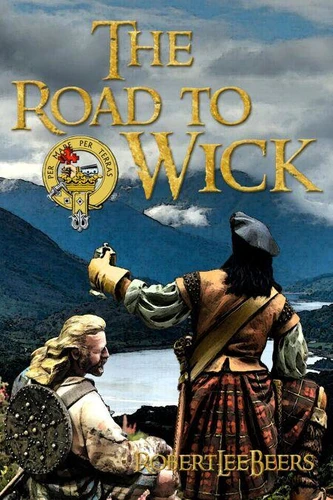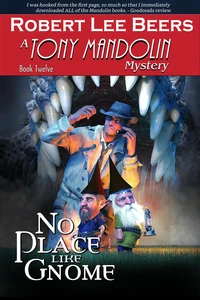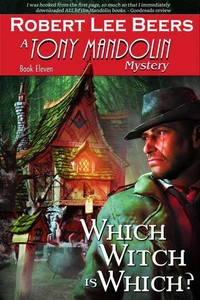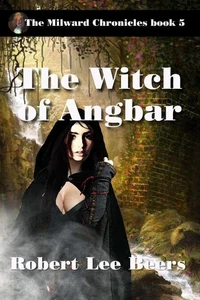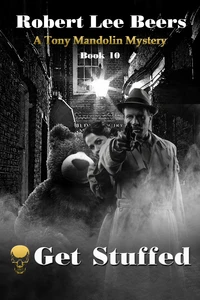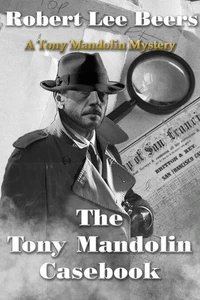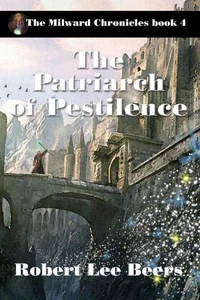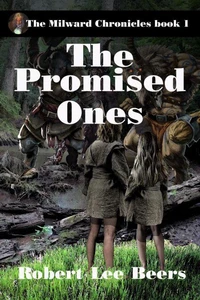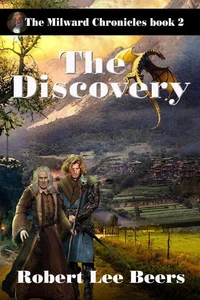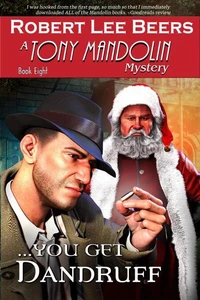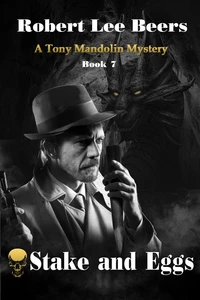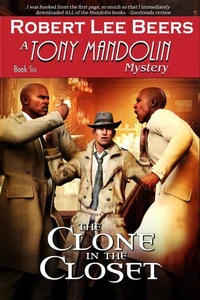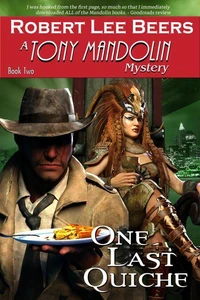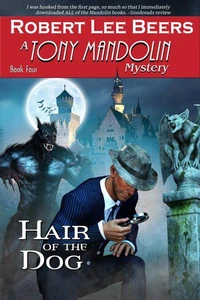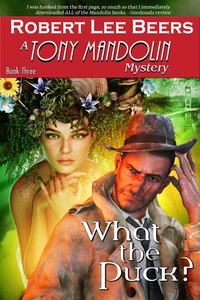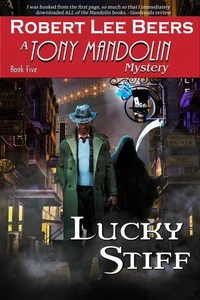The Road to Wick
Par :Formats :
Disponible dans votre compte client Decitre ou Furet du Nord dès validation de votre commande. Le format ePub est :
- Compatible avec une lecture sur My Vivlio (smartphone, tablette, ordinateur)
- Compatible avec une lecture sur liseuses Vivlio
- Pour les liseuses autres que Vivlio, vous devez utiliser le logiciel Adobe Digital Edition. Non compatible avec la lecture sur les liseuses Kindle, Remarkable et Sony
 , qui est-ce ?
, qui est-ce ?Notre partenaire de plateforme de lecture numérique où vous retrouverez l'ensemble de vos ebooks gratuitement
Pour en savoir plus sur nos ebooks, consultez notre aide en ligne ici
- FormatePub
- ISBN978-1-393-46272-9
- EAN9781393462729
- Date de parution13/01/2020
- Protection num.pas de protection
- Infos supplémentairesepub
- ÉditeurRelay Publishing
Résumé
Two Scottish friends, Robert McAllen and Duncan McDonald, attempt to make their way back home after suffering defeat during the time of the Jacobite uprising of 1745. Often referred to as "The 'Forty-Five", the uprising was the attempt by Charles Edward Stuart to regain the English throne for the exiled House of Stuart and recreate an absolute monarchy in the Kingdom of Great Britain. The action occurred during the War of the Austrian Succession when most of the English Army was on the European continent.
Charles Edward Stuart, commonly known as "Bonnie Prince Charlie" or "the Young Pretender, " sailed to Scotland and raised the Jacobite standard at Glenfinnan in the Scottish Highlands, where he was supported by a gathering of Highland clansmen. The march south began with an initial victory at Prestonpans near Edinburgh. The Jacobite army, now in bold spirits, marched onwards to Carlisle, over the border in England.
When it reached Derby, some English divisions were recalled from the Continent and the Jacobite army retreated north to Inverness where the last battle on Scottish soil took place on a nearby moor at Culloden. The Battle of Culloden ended with the final defeat of the Jacobite cause, and with Charles Edward Stuart fleeing with a price on his head. His wanderings in the northwest Highlands and Islands of Scotland in the summer months of 1746, before finally sailing to permanent exile in France, have become an era of Scottish history that is steeped in romance.
However, Charlie was not the only wanderer, and this tale deals with another journey.
Charles Edward Stuart, commonly known as "Bonnie Prince Charlie" or "the Young Pretender, " sailed to Scotland and raised the Jacobite standard at Glenfinnan in the Scottish Highlands, where he was supported by a gathering of Highland clansmen. The march south began with an initial victory at Prestonpans near Edinburgh. The Jacobite army, now in bold spirits, marched onwards to Carlisle, over the border in England.
When it reached Derby, some English divisions were recalled from the Continent and the Jacobite army retreated north to Inverness where the last battle on Scottish soil took place on a nearby moor at Culloden. The Battle of Culloden ended with the final defeat of the Jacobite cause, and with Charles Edward Stuart fleeing with a price on his head. His wanderings in the northwest Highlands and Islands of Scotland in the summer months of 1746, before finally sailing to permanent exile in France, have become an era of Scottish history that is steeped in romance.
However, Charlie was not the only wanderer, and this tale deals with another journey.
Two Scottish friends, Robert McAllen and Duncan McDonald, attempt to make their way back home after suffering defeat during the time of the Jacobite uprising of 1745. Often referred to as "The 'Forty-Five", the uprising was the attempt by Charles Edward Stuart to regain the English throne for the exiled House of Stuart and recreate an absolute monarchy in the Kingdom of Great Britain. The action occurred during the War of the Austrian Succession when most of the English Army was on the European continent.
Charles Edward Stuart, commonly known as "Bonnie Prince Charlie" or "the Young Pretender, " sailed to Scotland and raised the Jacobite standard at Glenfinnan in the Scottish Highlands, where he was supported by a gathering of Highland clansmen. The march south began with an initial victory at Prestonpans near Edinburgh. The Jacobite army, now in bold spirits, marched onwards to Carlisle, over the border in England.
When it reached Derby, some English divisions were recalled from the Continent and the Jacobite army retreated north to Inverness where the last battle on Scottish soil took place on a nearby moor at Culloden. The Battle of Culloden ended with the final defeat of the Jacobite cause, and with Charles Edward Stuart fleeing with a price on his head. His wanderings in the northwest Highlands and Islands of Scotland in the summer months of 1746, before finally sailing to permanent exile in France, have become an era of Scottish history that is steeped in romance.
However, Charlie was not the only wanderer, and this tale deals with another journey.
Charles Edward Stuart, commonly known as "Bonnie Prince Charlie" or "the Young Pretender, " sailed to Scotland and raised the Jacobite standard at Glenfinnan in the Scottish Highlands, where he was supported by a gathering of Highland clansmen. The march south began with an initial victory at Prestonpans near Edinburgh. The Jacobite army, now in bold spirits, marched onwards to Carlisle, over the border in England.
When it reached Derby, some English divisions were recalled from the Continent and the Jacobite army retreated north to Inverness where the last battle on Scottish soil took place on a nearby moor at Culloden. The Battle of Culloden ended with the final defeat of the Jacobite cause, and with Charles Edward Stuart fleeing with a price on his head. His wanderings in the northwest Highlands and Islands of Scotland in the summer months of 1746, before finally sailing to permanent exile in France, have become an era of Scottish history that is steeped in romance.
However, Charlie was not the only wanderer, and this tale deals with another journey.

